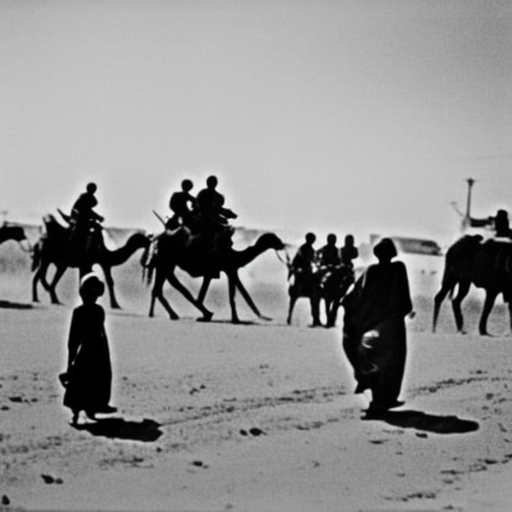Summary:
The Second Sudanese Civil War was a conflict that took place in Sudan from 1983 to 2005. It was fought between the Sudanese government, led by President Gaafar Nimeiry and later Omar al-Bashir, and the Sudan People’s Liberation Army/Movement (SPLA/M), led by John Garang. The war was primarily driven by political, ethnic, and religious tensions between the predominantly Arab-Muslim north and the predominantly African-Christian south. The conflict resulted in widespread violence, displacement, and loss of life, with estimates suggesting that it claimed the lives of around two million people.
Background:
The roots of the Second Sudanese Civil War can be traced back to the First Sudanese Civil War, which lasted from 1955 to 1972. The first war ended with the signing of the Addis Ababa Agreement, which granted autonomy to the southern region. However, the agreement was not fully implemented, leading to continued grievances and tensions between the north and south.
Causes:
The main causes of the Second Sudanese Civil War were political, ethnic, and religious in nature. The southern region, which was predominantly African and Christian, felt marginalized and oppressed by the Arab-dominated government in the north. The government’s imposition of Islamic law and neglect of the south’s development further exacerbated these tensions. Additionally, disputes over land, resources, and power-sharing arrangements fueled the conflict.
Course of the War:
The war began in 1983 when the Sudanese government declared Sharia law as the basis of the legal system, sparking widespread protests and resistance in the south. The SPLA/M, under the leadership of John Garang, emerged as the main rebel group fighting for the rights of the southern Sudanese people. The conflict was characterized by guerrilla warfare, with both sides engaging in attacks, counterattacks, and acts of violence against civilians.
The war witnessed several major offensives and counteroffensives, with control of territory frequently changing hands. The government forces, supported by Arab militias known as the Janjaweed, employed scorched-earth tactics, targeting civilian populations and committing widespread human rights abuses. The SPLA/M, on the other hand, relied on hit-and-run tactics and guerrilla warfare to undermine government control.
International Involvement:
The Second Sudanese Civil War attracted international attention and involvement. The government received support from countries such as Libya and Iran, while the SPLA/M received backing from Uganda, Ethiopia, and Eritrea. The conflict also drew the attention of humanitarian organizations, which provided aid to the millions of internally displaced persons and refugees affected by the war.
Peace Process and Resolution:
Efforts to bring an end to the war intensified in the early 2000s. In 2002, the government and the SPLA/M signed the Machakos Protocol, which laid the groundwork for a comprehensive peace agreement. Negotiations continued, resulting in the signing of the Comprehensive Peace Agreement (CPA) in 2005. The CPA granted the south autonomy and the right to self-determination through a referendum on independence.
Aftermath:
The end of the Second Sudanese Civil War marked a significant turning point in Sudan’s history. In 2011, following the referendum, South Sudan gained independence and became the world’s newest nation. However, the country faced numerous challenges, including internal conflicts, economic struggles, and political instability. The legacy of the civil war continues to impact Sudan and South Sudan, as both nations grapple with the task of building sustainable peace and development.












